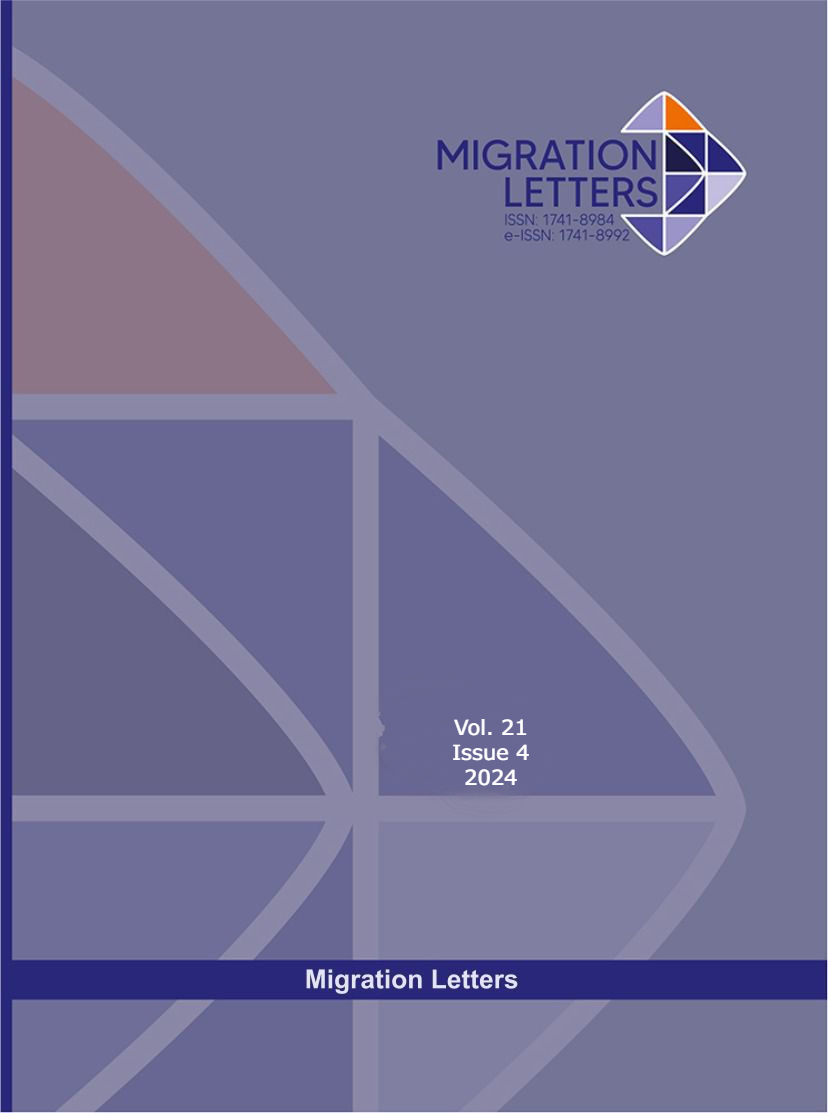Development of Blended History Learning Model on Critical Thinking in Digital History Literacy
Abstract
This study aims to identify the effectiveness of development blended history learning model on students' critical thinking on digital history literacy. This research uses the Dick and Carey development design which has ten steps. The research sample amounted to 124 participants in this development research. The research was conducted at the history education study program of Surabaya State University. The data in this study were collected using a questionnaire method. The questionnaire was given at pretest and posttest. This method is used to determine the needs analysis of the questionnaire method or questionnaire method used to determine the critical thinking of participants. Data analysis techniques using the Paired Sample T Test. The analysis results obtained a value of 0.000 <0.05 which indicates a statistically significant effectiveness. In conclusion, the application of blended history learning model development is effective in improving students' critical thinking on digital history literacy.
Metrics
Downloads
Published
How to Cite
Issue
Section
License

This work is licensed under a Creative Commons Attribution-NonCommercial-NoDerivatives 4.0 International License.
CC Attribution-NonCommercial-NoDerivatives 4.0






